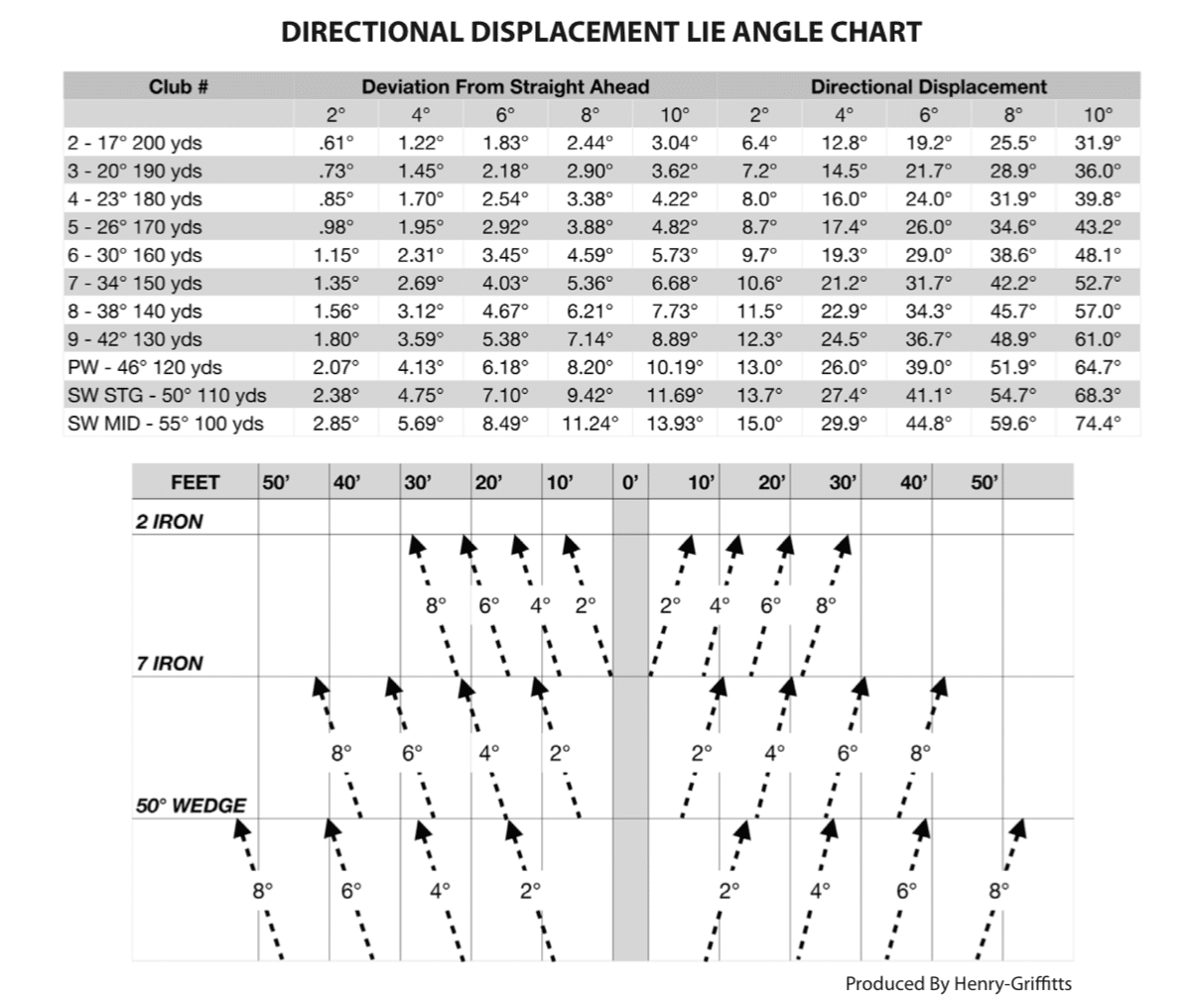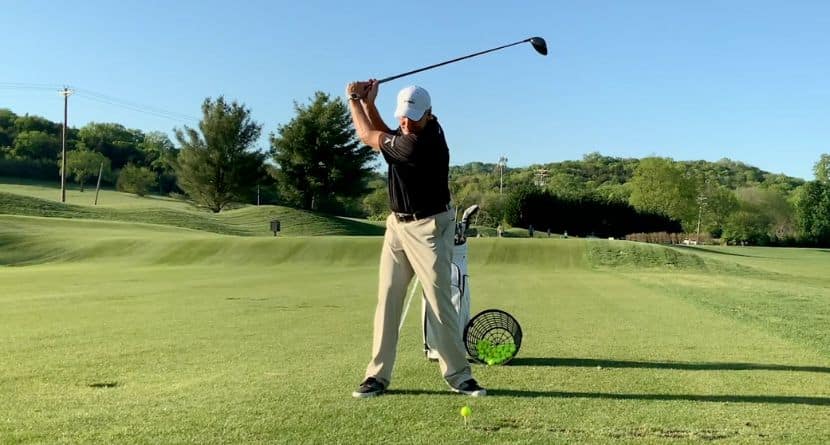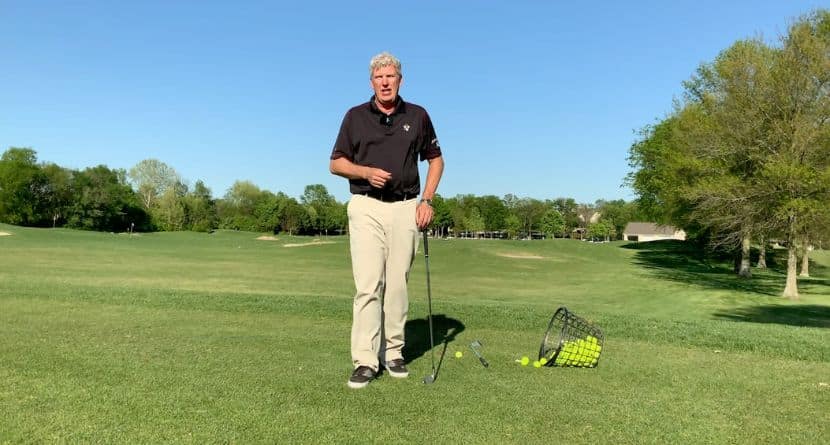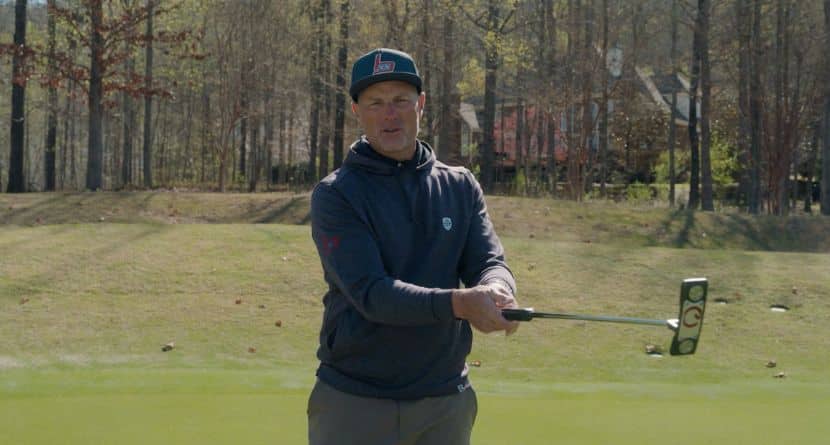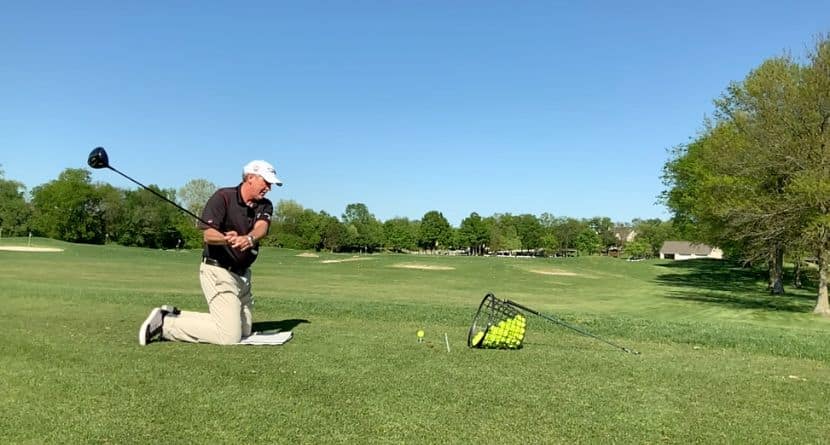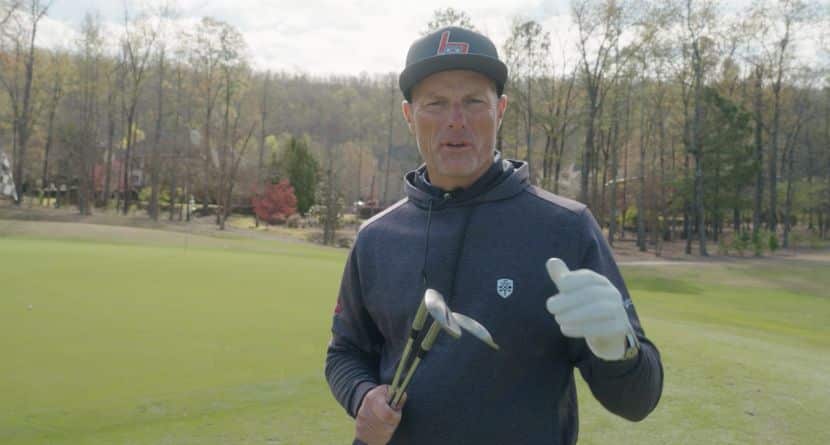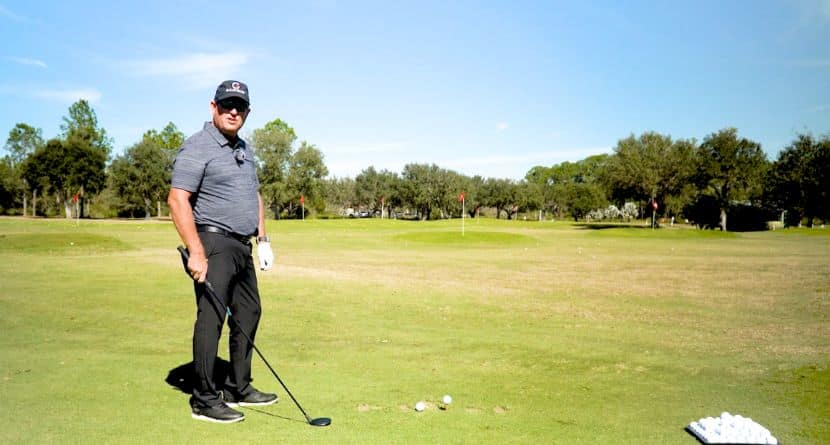The greater the loft of a club, the more influence lie angle has on ball direction. Incorrect lie angles will start the ball more offline in higher lofter clubs, such as wedges, than it will in lower lofter clubs, such as driver. As a ball spins after being struck, any directional problems will be exaggerated due to this spin in the “wrong” direction
Thus, when fitting irons, especially shorter irons, lie is a critical factor in ball direction. When fitting drivers, lie is less of a factor due to the club’s lower loft.
Lie angles that are “off” by just a degree or two can cause directional inconsistencies of a couple of yards. This becomes critical when hitting shots to a very specific target such as a flagstick on a green. The first place to look at irons to improve directional control is to look at lie angle.
The lie of nearly all irons can be changed to match a player’s swing characteristics. Measuring and changing lie angle to match a player’s swing is among the first club performance specification factors to look at when dealing with irons. The time and expense of a lie angle change to an iron is well worth the payoff in directional performance improvement.
There are no industry standards for lie angles. The player’s performance is the best indicator of correct lie angles. When the term “standard” is used for lie angle, very often the actual degree number that one company uses for the same iron will be different from another’s. Therefore, refer to lie angles of clubs in terms of “degrees” (whole numbers) and not as “standard”, “flat” or “upright.”
